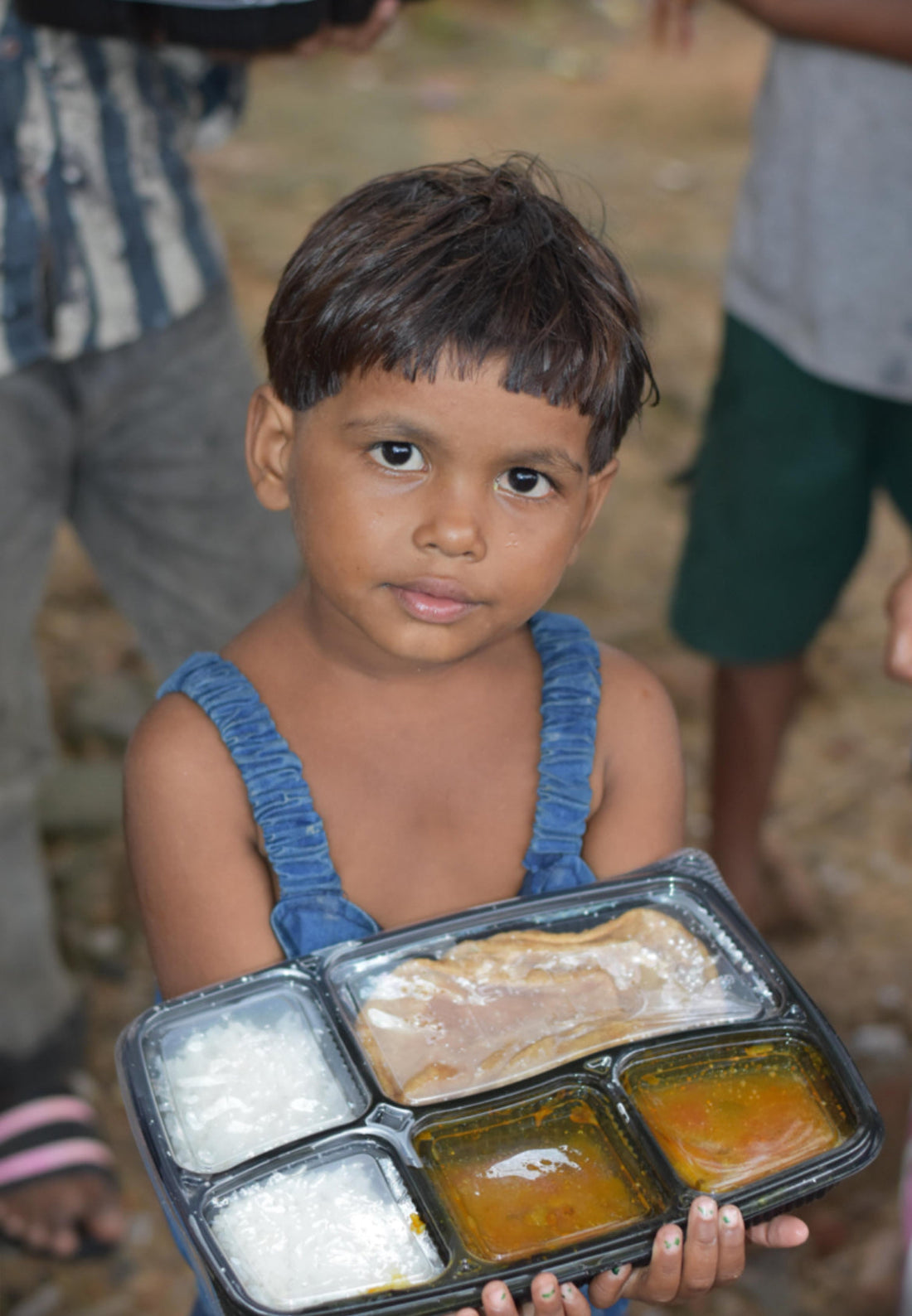India is a country that doesn’t ease you in gently—it sweeps you up, shakes you about, and drops you right in the middle of its chaos. The horns, the colours, the people, the contradictions—it’s a place that lives loudly and unapologetically. And while it’s breathtakingly beautiful, it can also be confronting. Poverty here isn’t hidden; it’s on every corner, woven into the fabric of everyday life. For many first-time travellers, it’s an emotional shock—a constant tug-of-war between fascination and heartbreak.
I’ve been travelling to India for over thirteen years, and it still hits me every time I arrive. The streets are alive with extremes—opulence and struggle, laughter and despair, beauty and dust. You can be sitting in a plush rooftop restaurant sipping a gin and tonic while watching a barefoot child below selling flowers to passing cars. It’s in these moments that India forces you to reflect, to question your privilege, and to find your balance between compassion and self-preservation.
There’s no one “right way” to respond to poverty in India. Everyone finds their own rhythm. Some travellers choose to give, others don’t—and both are okay. Personally, if someone approaches me politely, I will often give spare change or buy them a chai or some street food. For me, it’s about human connection and respect. Many locals I’ve met over the years have told me that some beggars are controlled by cartels, that the money doesn’t always reach them, that children are sometimes used as props to evoke sympathy. It’s hard to know what’s true and what’s survival. The lines blur here, as they do in so many parts of India.
Travelling through India makes you acutely aware of contrast. You’ll find yourself stepping out of a luxurious hotel into a street lined with sleeping families. You’ll haggle over a scarf that costs the same as your morning coffee back home. You’ll see wedding processions with gold-plated horses rolling past people washing in the river. It’s confronting—but it’s also real.
It’s not uncommon to be sitting in traffic when you get a tap on your car window—a woman holding a baby, or a man with a disability asking for money. It’s shocking, sad, and confronting, all at once. The instinct is to look away, to create distance. But I’ve learned that even when you choose not to give, you can still offer something—eye contact, a smile, acknowledgment. Everyone deserves to be seen. Everyone deserves some dignity.
There’s one story that has stayed with me all these years. On my very first trip to Kolkata over a decade ago, there was a one-legged man who sat at the same dusty intersection outside the train station every morning. He had a wide, toothless smile and the kindest eyes. Every day, as I left the station, he’d wave at me, and we’d exchange a few words. Some days I’d give him a few coins, other days I’d buy him an egg roll—a Bengali breakfast staple that he loved. It became our little ritual for six weeks. On my final day, I gave him $10, the equivalent of a month’s salary for many. He was overwhelmed—crying, smiling, holding my hand tightly as we said goodbye.
Two years later, I returned to that same corner. He was gone. I searched for days, asking around, hoping he had simply found a better place to sit, a better life perhaps. But deep down, I knew he might have passed on. Still, I like to believe that his soul was reborn into a life of peace and comfort. India teaches you that lesson again and again—everything is fleeting, but connection is eternal.
So how do you reconcile it? How do you carry the weight of what you see while still enjoying your travels? The truth is, you can’t fix it all, but you can travel mindfully. Support local artisans, buy directly from small markets, eat at family-run cafes instead of chains. Pay fairly, not ruthlessly. I’ve never believed in bartering to the last rupee. Arguing over five dollars for a block printed bag that took hours to handcraft feels hollow when you know the value of labour here. That said, being blatantly overcharged or taken for a ride in a taxi isn’t fun either—it’s about balance, awareness, and kindness on both sides.
India will test you in ways you don’t expect. It’s overwhelming, noisy, and often chaotic—but that’s also what makes it so intensely alive. The country doesn’t sanitise itself for tourists. You’ll see poverty, yes—but you’ll also see resilience, humour, and generosity that humble you. You’ll find joy in the smallest gestures—a chai shared at a roadside stall, a smile from a stranger, a helping hand when you’re lost.
Over the years, I’ve learned to sit with the discomfort rather than run from it. Poverty isn’t something you “get used to.” It’s something you acknowledge, learn from, and respond to with empathy. India will show you humanity in all its rawness—the good, the bad, and the beautifully in-between.
When I think back to all my trips—the chaos of Delhi, the warmth of Jaipur, the stillness of sunrise over the Ganges—I realize that India is not meant to be understood; it’s meant to be felt. And once you’ve felt it, truly felt it, it never leaves you.
As travellers, we’re privileged. We can choose to step in and out of comfort. But perhaps that’s the gift India gives you—a reminder to live with more gratitude, more awareness, and more grace.
Because travel isn’t always about escape—it’s about expansion. It’s about the moments that challenge your beliefs and open your heart, even when they break it a little along the way.
As one of my favourite travel quotes says:
“Travel isn’t always pretty. It isn’t always comfortable. But that’s okay. The journey changes you—it should change you. It leaves marks on your memory, on your heart, and on your soul.” – Anthony Bourdain
And if you let India in, even just once, it will leave its mark forever.

